
In 2019, 18 selected qualifying bird species were monitored in Natura 2000 areas for birds (Special Protection Area).

In 2019, 18 selected qualifying bird species were monitored in Natura 2000 areas for birds (Special Protection Area).
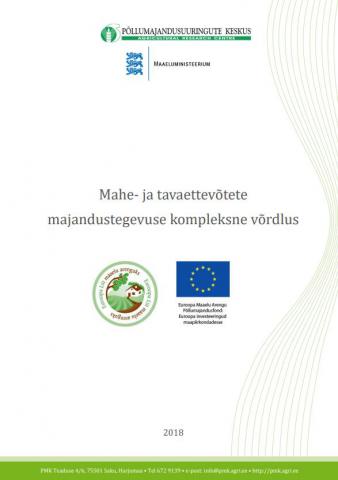
This study assess the extent and impact of the changes resulting from the transition to organic farming.To measure these results and to evaluate the results achieved, the proxy indicator ‘organic shrubbery’ was used. Surveys were conducted between 2007 and 2014 to provide data for analyzing the indicator index.

This report presents results on the effects of the Rural Development Program 2014-2020 and answers to Evaluation Questions 4, 22, 23, 24, 25, 27 and 29. All of the investigations were carried out using quantitative methods and, if possible, on the basis of long-term observations.

This report covers the evaluation of forestry support measures under the rural development plan of the federal state of Hesse 2014 to 2020. The reporting period covers the period from the start of the program in 2015 up to and including 2017.

The study evaluates selected qualitative indicators of areas with High Natural Value (HNV) at the level of individual measures and operations of the RDP SR 2014-2020. The following types of HNV were monitored and evaluated: HNV Type 1 - P4A - agricultural land with a high proportion of semi-natural grasslands) and HNV Type 2 - P4A -Agricultural mosaic landscape with low agricultural intensity and with natural and structural elements (Historical structures of the agricultural landscape). Implementation period: April - December 2019
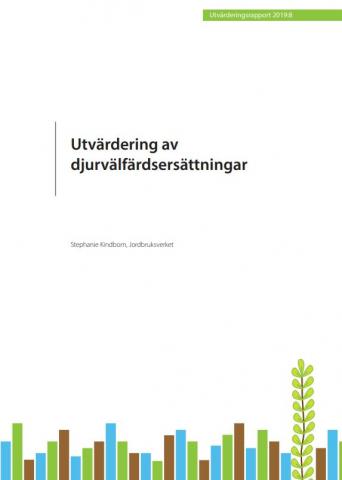
The evaluation examines how the compensation for increased animal welfare has worked and whether the goals of the compensation have been achieved.
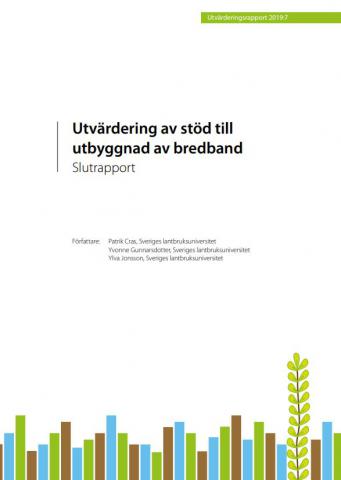
This is the final report from the evaluation of broadband support for the Swedish countryside. Support is provided to access networks, from the rural program, and to local interconnecting networks, from the European Regional Development Fund.
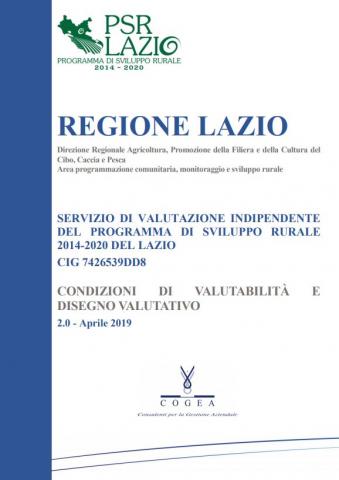
This report represents the first evaluation product, delivered in March and integrated in April on the basis of the observations of the Region. It reports the results of the structuring phase for setting up the evaluation and organizing activities.

This report evaluates the implementation and success of the funding measure related to Animal Welfare in particular the animal welfare of laying hens (T1)
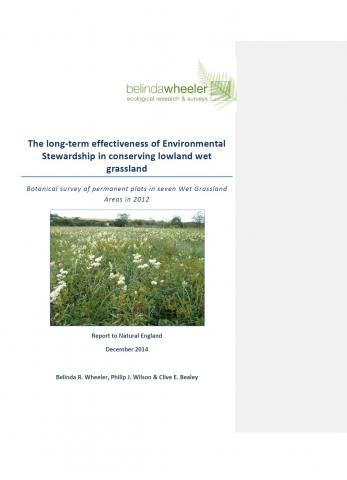
This evaluation seeks to determine the impact of Agri-environment schemes on conserving the botanical interest of lowland wet grasslands. A total of 99 grassland sites under Higher Level Stewardship (HLS) were surveyed in 2012, including sites previously under Environmental Sensitive Areas (ESAs) and those newly under an agreement.